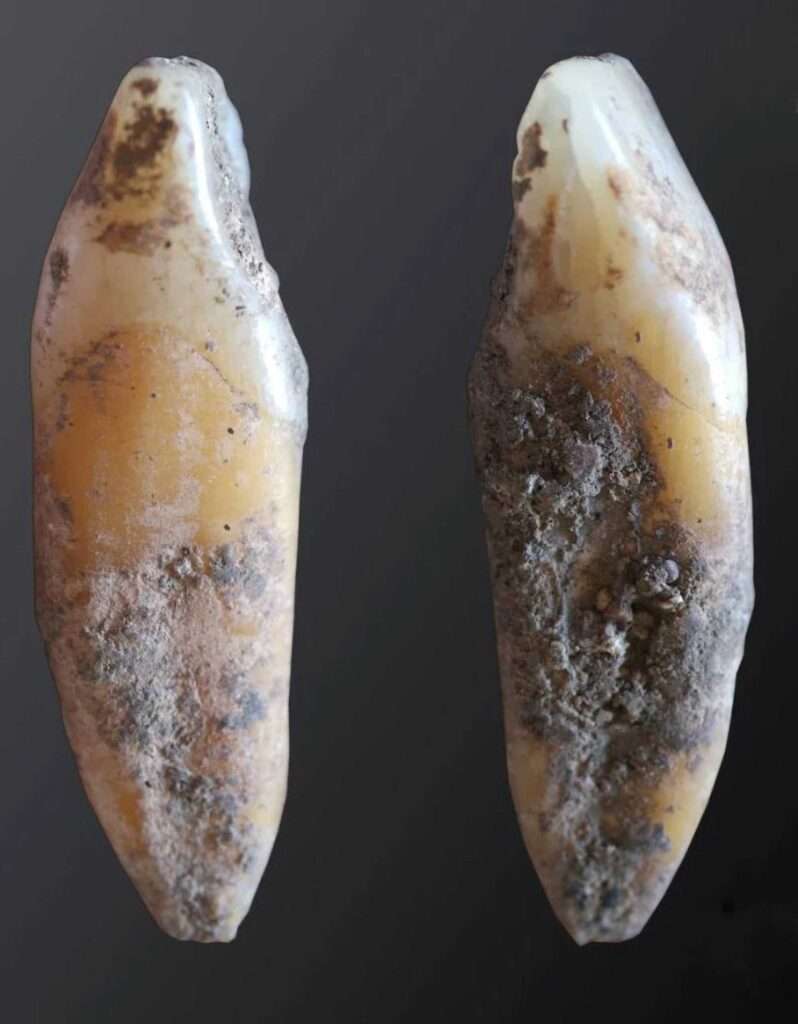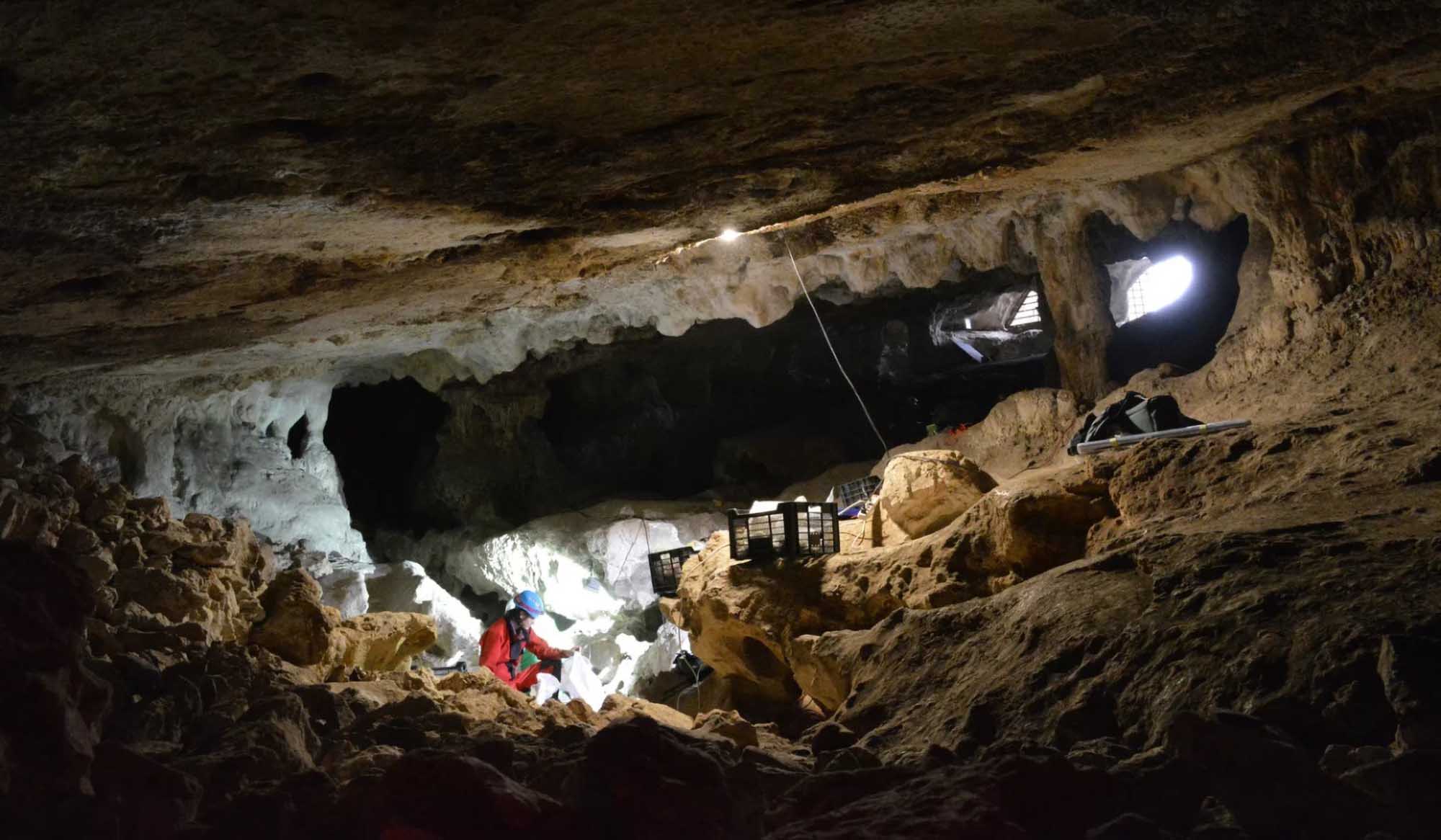Scientists studying DNA from a 23,000-year-old caveman found in Spain have been astonished to discover he is related to humans found 1,200 miles away.
The genetic material was extracted from human remains found in Cueva Del Malalmuerzo near the city of Granada, Andalusia.
It is believed to come from a man trying to survive Earth’s last Ice Age in what was then one of the few warm places in Europe.
The region, says the study, was a melting point for early human communities driven out of their homelands by freezing ice sheets.
When the ice eventually thawed, they often moved on.
But experts from Germany’s Max Planck Institute for Evolutionary Sciences in Leipzig – were amazed to find he’s linked to a separate communiuty in Belgium.
The study revealed that the pair share DNA material despite the Belgium human – named as GoyetQ116-1 – was born 12,000 years earlier.

First author of the study Vanessa Villalba-Mouco said in a statement obtained by Newsflash: “Thanks to the high quality of our data we were able to detect traces of one of the first genetic lineages that settled Eurasia 45,000 years ago.
“Importantly, we found similarities with a 35,000-year-old individual from Belgium whose ancestry we can now trace further to the 23,000-year-old individual from southern Iberia.”
The experts stressed that the link reveals the history of the human hunter-gatherers who lived through the Ice Age.
For the study, scientists analysed ancient human DNA from several archaeological sites in Andalusia in southern Spain.
They also evaluated 7,000 to 5,000-year-old genomes of early farmers from other well-known sites, such as Cueva de Ardales, in Malaga, Spain, along with DNA from 14,000-year-old human individuals from a cave site in Morocco.
The study shows the importance of the Iberian Peninsula as a refuge for humans during the last Ice Age, who later migrated north and east after the ice melted.
Senior author of the study Wolfgang Haak said: “With Malalmuerzo, we managed to find the right place and the right time period to trace a Palaeolithic human group back to one of the proposed Ice Age refugia.
“It is remarkable to find such a long-lasting genetic legacy on the Iberian Peninsula, especially since this pre-Ice Age ancestry had long since disappeared in other parts of Europe.”
But to the authors’ great surprise, they did not find any genetic link between the southern Iberian Peninsula and North Africa despite the tiny 13-kilometre (eight miles) gap across the Mediterranean Sea.

University of Cologne scientist Gerd-Christian Weniger said: “In Malalmuerzo, we found no evidence of a genetic contribution from North African lineages, and conversely, there is no evidence of a genetic contribution from southern Spain in the genomes of the 14,000-year-old individuals from the Taforalt cave in Morocco.
“Why the Strait of Gibraltar was a barrier at the end of the last Ice Age is still one of the unresolved questions of archaeological research in the western Mediterranean region.”
The study also analysed younger individuals from the Neolithic period, which is when the first farmers from the Near East settled in Europe.
Since the genetic ancestry of Anatolian Neolithic groups was detected in the individuals from Andalusia, the researchers concluded that the early farmers spread over large geographic distances.
University of Cadiz researcher and study co-author Jose Ramos-Munoz said: “Neolithic people from southern Iberia, however, show a higher proportion of hunter-gatherer lineages.
“Hence, interaction between the last hunters and the first farmers may have been much closer than in other regions.”
Villalba-Mouco added: “Surprisingly, the genetic heritage of Paleolithic hunter-gatherers is still detectable in early farmers from southern Iberia, indicating local admixture between two population groups with very different lifestyles.”
To find out more about the author, editor or agency that supplied this story – please click below.
Story By: Georgina Jadikovska, Sub-Editor: Marija Stojkoska, Agency: Newsflash
The Ananova page is created by and dedicated to professional, independent freelance journalists. It is a place for us to showcase our work. When our news is sold to our media partners, we will include the link here.




